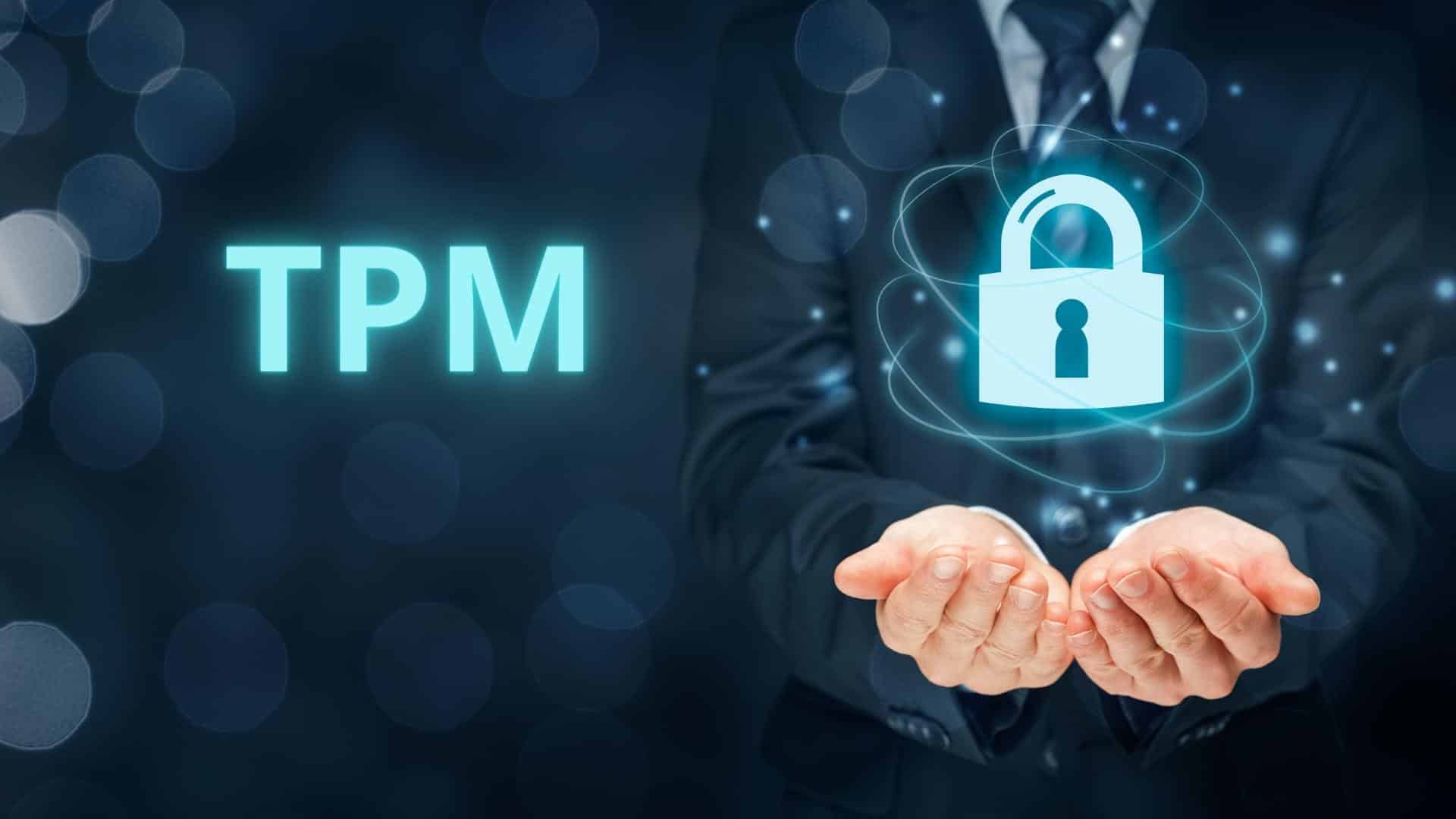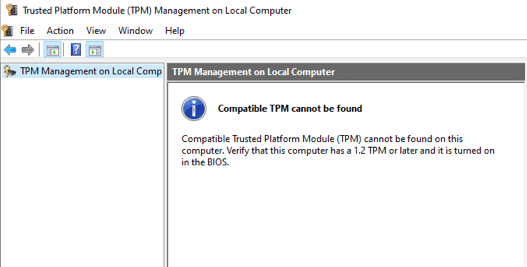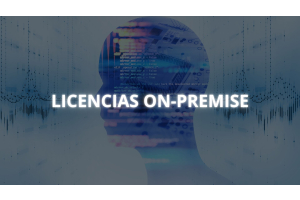TPM: What it is and its importance in Windows 11
Security plays a very important role not only in our daily lives, but also in the devices we use every day, for example, our cell phones or computers. The latter are full of private data and confidential information. To protect its customers, Microsoft uses its secure platform module technology: TPM.

What is it about?
TPM (Trusted Platform Module) or TPM 2.0 is a set of services and utilities that is located on the computer's motherboard or inside the CPU in order to protect the hardware by means of integrated cryptographic keys.
It is therefore a hardware chip that includes physical security mechanisms to protect the computer from malware or viruses entering the memory. In fact, TMP chips are one of the most secure ways to protect information stored on devices.
These chips can be used with all major Microsoft operating systems and work best with other security technologies, such as firewalls, antivirus software, biometric authentication, among others.
The need for it in Windows 11
With the release of Windows 11, we can hear more and more about this technology, since this module is required to install it. It should be noted that there are two versions of the TPM: 1.2 and 2.0. The second, i.e. 2.0, is the most advanced and required for the correct operation of Windows 11.
How to know if your PC has it: 3 options
As of 2016, all manufacturers were required to install this TPM chip in version 2.0. in their Windows computers to achieve certification by Microsoft. This obligation represents a security improvement for users in order to protect their personal data and confidential information.
1 OPTION
To check if your PC has the TPM chip you have to follow a few simple steps. First of all, you have to open the Run window in Windows by pressing the Windows key + R. Then, in the cell you have to type tpm.msc and click on "OK".
Next, the Secure Platform Module (TPM) will open, where you have to click on the icon of a key and a microchip.

As we can see in the photo, the TPM chip is not found, which can be due to two causes: either your computer does not have it and you will have to install it manually (or even change the device), or it has it disabled.
To find out which is your case you will have to enter the BIOS/UEFI of your PC. Once inside, you can navigate through the different tabs to see if you find the TPM option. If it is disabled, enable it. If you cannot find it, it is because your computer does not have TPM.
2 OPTION
Another option to make sure you have the TPM chip is to check it with "PowerShell". Just search for this program in the Windows search box and click on "Run as administrator".
Once opened, type the command get-tpm. You will get a list, where you will have to find the value of "TpmPresent". You will see "False", which means that, unfortunately, we do not have the TPM chip in our PC.
3 OPTION
The last option we propose to check if your computer has the TPM and can be upgraded to Windows 11 is to see it physically, i.e. open the device and look for this chip. In the case of laptops it is more complicated, since you will have to completely disassemble it. As for desktops, you will first have to locate the port (you can see how it looks in the photo below) and then see if there is anything plugged into it. To locate it more easily you can use the manual of the motherboard of your computer. However, this option is not very advisable.

How to know what type of TPM we have
You can find out by following a few simple steps:
Home --> Device Manager --> Security Devices
If you see something that says Secure Platform Module 2.0, you have the TPM 2.0 chip.
Alternatives for those who do not have TPM 2.0.
The most advisable, but least cost effective is to buy a new laptop that has version 2.0. of the TPM chip. However, you can also buy a chip separately to add to your main PC board.
Do you have any questions?
If you are interested in purchasing Windows 11, in our online store you can find the best product licenses for any type of operating system at very competitive prices.
If you have any more questions, do not hesitate to contact us!
Best regards,
Your Licendi Team




